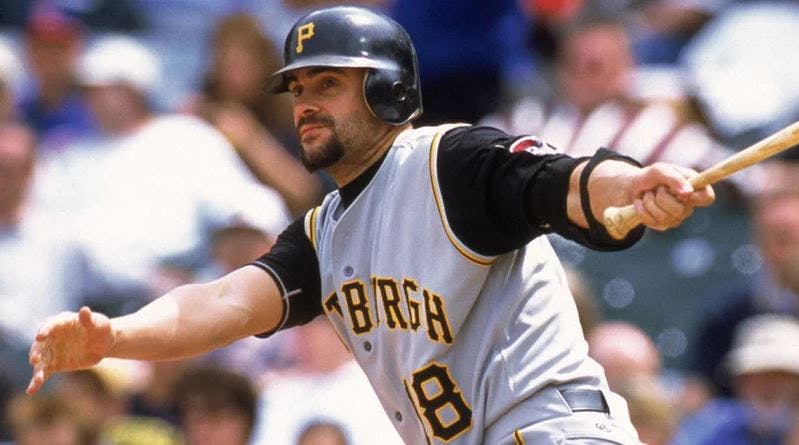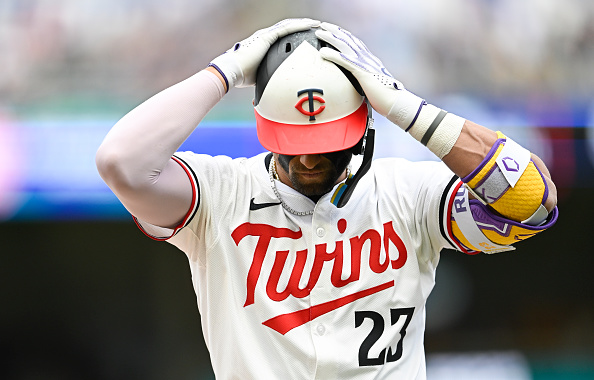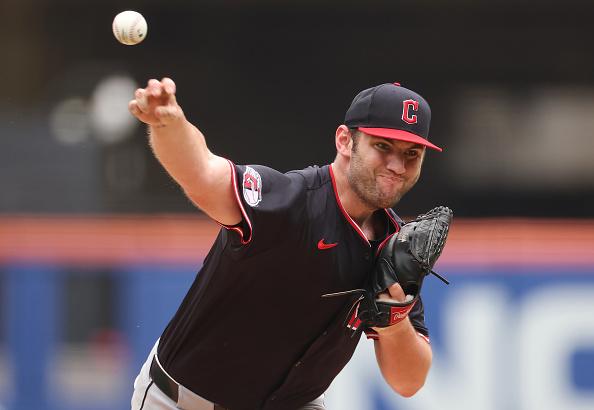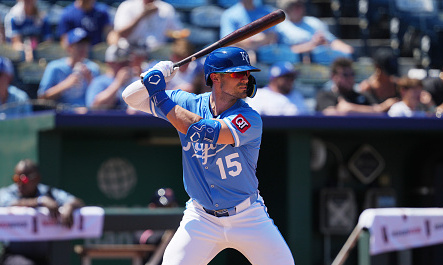When looking at Jason Kendall’s baseball card, many things jump out.
The 2,195 hits. The .288 career batting average. Or maybe the three All-Star games that he was selected to.
But down towards the bottom of the card, typically below the name, it lists the player’s position. In Kendall’s case, he was a catcher. A position that, outside of the pitcher, might have the biggest influence on a baseball game.
It is a position that’s importance far exceeds what fans see on the field on a nightly basis, as there are countless hours of preparation that goes into being a big-league catcher.
“If I were to show up to the ballpark past one o’clock, my whole day was messed up,” Kendall said. “You have to have a routine. You have to tell your pitchers, [your] relievers, that you can see everything back there. Because you really can. You can see more than the manager, than the coaches.”
A key reason for being at the ballpark early was gaining the trust of the pitching staff. Which, for a catcher, can be the difference between being your team’s No. 1 or No. 2 option behind the plate.
“There’s a comfort level. But you have to earn that as a catcher,” Kendall said. “You know, Zack [Grienke] can do whatever he wants. And I caught Zack back in 2010. He can do whatever he wants. But he put in the work, and I would go out there and be like, ‘Hey Zack, I know what to do. I can see the feet.’ And we’d talk about it. But as a pitcher, if you see your catcher showing up 20 minutes before it’s time to stretch or for batting practice, you’re not going to trust him. Because he hasn’t put in the work.”
Kendall goes into much greater detail in his book “Throwback,” that he wrote with Kansas City Star journalist Lee Judge. In the book, Kendall dives into more about the game as a whole and things that go on in a clubhouse that the casual fan may not be aware of.
“Everybody comes out and writes a book when they’re done, this and that, talks about their life,” Kendall said. “If you don’t know what’s going on throughout a baseball game, it’s a really boring, slow game. I know a lot of people will go to a game just to enjoy the atmosphere, and take the kids out, or whatever it may be. But if you don’t know what’s going on, then yeah it’s kind of slow. And that’s when you see people bolting in the sixth, seventh and eighth.”
Kendall hopes that, through his book, he can allow people to enjoy the game of baseball a bit more, making the game not seem so long because fans will appreciate everything that goes into those three hours on the field.
No matter how many analytics people pour into baseball, there are still a lot of little intricacies that cannot be defined by just the numbers. Things like the batter’s position in the box. What he’s doing with his hands. What he did on that same 2-1 slider two months prior. A lot of thinking goes into it, but how does that translate to the game itself?
“It’s definitely mind-games and remembering what happened two months ago. Because the great ones, your Hall-of-Famers, your All-Stars, they’re going to remember what happened on a 3-1 count. What pitch you threw against them. Whether it be your starter, or a reliever, or a lefty specialist, etc.. They’re going to remember what you threw. That’s what separates the good ones,” Kendall said.
Mind-games and the feel for the situation at hand. They are a couple of philosophies that seem to be exiting today’s game. As a result, there has been a league-wide fire sale, freeing up several managerial jobs around the Major Leagues. With a swing more towards a new-school line of thinking, would Kendall be interested in taking on that responsibility?
After spending eight years with the Kansas City Royals organization, despite taking 2019 off, Kendall’s answer was a thousand percent. And the job that has seen Kendall’s name in the running for? The Pittsburgh Pirates, where Kendall called home for nine of his 15 seasons as a player.
“I know Pittsburgh. I know what the fans want. I know what the fans need. And I know how to run a ball club,” Kendall said. “The game is going to change, and you have to change with it. And I honestly believe that there should be a mediator between the analytics and the kind of old-school guys because I used an unbelievable amount of analytics when I played. But I also went out there for three hours a night whenever I played and did everything I could to help the team win.”
But part of being a big-league manager is handling a multitude of personas, personas that are exhibited in a variety of ways. But in today’s day and age, the “let the kids play,” adage has rubbed a lot of people the wrong way, and thus led to a game of bean-ball –– taking away all of the excitement surrounding a big home run or a clutch strikeout.
“Let everybody have fun, absolutely,” Kendall said. “But say, for [Alex] Bregman, walking down to first base –– good for [Juan] Soto for doing the same thing. But if I was catching, and he’s crossing home plate, I’ll be like, ‘You’re going to get somebody hurt. The next one’s going to be at your neck.'”
It is just how it is as a major-leaguer. Flip the bat, walk to first base, and trot ever so slowly around the bases if you want. Just expect that the opposition is not going to forget what you just did. And if the catcher is anything like Jason Kendall, or recently retired Brian McCann, you just might hear about it before you reach home plate.







